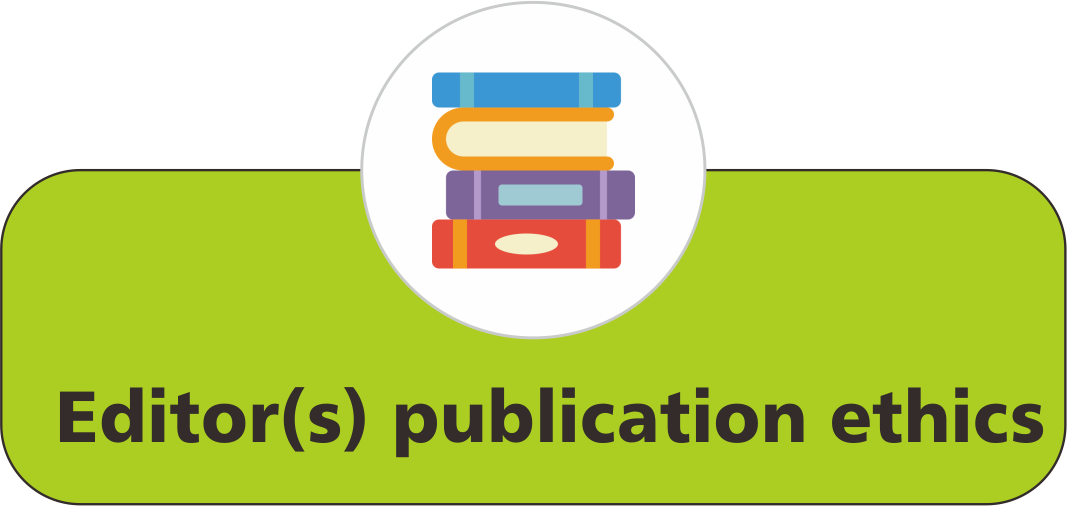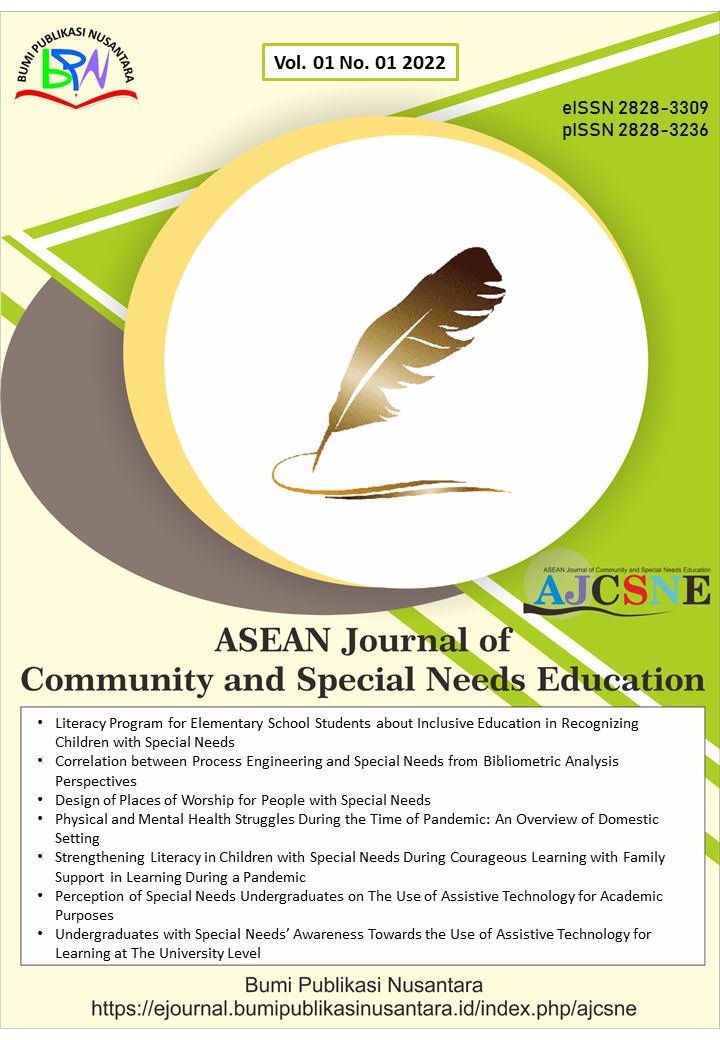Common 21st-Century Social Vices Among the Youth
 ), Habibat Bolanle Abdulkareem(2),
), Habibat Bolanle Abdulkareem(2),
(1) Al-hikmah University Ilorin
(2) Al-hikmah University Ilorin
 Corresponding Author
Corresponding Author
Abstract
Keywords
References
Agbaegbu, T. (2011). Why unemployment is high in Nigeria. Newswatch magazine, 31, 18-20.
Asmau, A. U. (2020). Science as a panacea for social vices in Nigeria Al-Hikmah. Journal of Education, 7(1), 173-177.
Collins, T. M. (2017). A child’s right to participate: Implications for international child protection. The International Journal of Human Rights, 21(1), 14-46.
Colvin, P. J. and Mermelstein, R. J. (2010). Adolescents’ smoking outcome expectancies and acute emotional responses following smoking. Nicotine and Tobacco Research, 12, 1203-1210.
Dajo, U. and Akor, L. (2021). Youths as vanguards of change in Nigeria: The end SARs protests in focus. Journal of International Relations Security and Economic Studies, 1(4), 52-61.
Elujekwute, E. C., Danburam, I. U., Zakariah, J. and James, A. (2021). Influence of social vices on students’ academic performance in secondary schools in Nigeria. Sapietria Global Journal of Arts, Humanities and Development Studies (SGOJAHDS), 4(3), 215-229.
Gomez-Bravo, A. M. (2020). The origins of Raza: 'Racializing difference in early Spanish. Interfaces: A Journal of Medieval European, 7, 64-114.
Hussein, J. W. (2014). A cultural representation of women in the Oromo society. African study monographs, 25(3), 103-147.
Igwe, C. (2014). Causes, effects and ways of curbing youth restiveness in Nigeria: Implications for counselling. Journal of Education and Practice, 4(6), 131-138.
Kayode, A., Arome, A., and Silas, A. (2014). The rising rate of unemployment in Nigeria: the socio-economic and political implications. Global Business and Economics Research Journal, 3(1), 68-70.
Lockhart, K. L. (2021). How much can you learn in one year? how content, pedagogical resources, and learner’s age influence beliefs about knowledge acquisition. Cognitive Development, 60(20), 101-115.
Lukman, J. (2021). Prevalence of moral decadence among youths in Kaduna North local government area, Kaduna State. KIU Journal of Humanities, 6(1), 161-169.
Nwakanma, E. and Igbe, J. E. (2020). Poverty and coping strategies of unemployed youths in cross River State, Nigeria. Current Research Journal of Social Sciences, 3(2), 262-279.
Obodoada, A. V., Nwachukwu, P. O. and Egbezor, D. E. (2015). Academic background, socio-economic status and gender: Implication for youth’s restiveness and educational development in Rivers State. International Journal of Applied Sociology, 5(1), 16-30.
Ogbonnaya, C. (2012). Employee performance, wellbeing, and differential effects of human resource management subdimensions: Mutual gains or conflicting outcomes?. Human Resource Management Journal, 29(3), 509-526.
Okafor, H. C. and Duru, N. E. (2010). Sexual promiscuity among female undergraduates in tertiary institutions in Imo State: An issue for healthy living. Edo Journal of Counselling, 3(1), 100-109.
Okafor, U. C. and Ononihu, S. C. (2020). Foreign loans and the challenges of nation-building in Nigeria: Harvesting internal potentials. Socialscientia: Journal of Social Sciences and Humanities, 5(4), 42-58.
Okwu, O. J. (2016). A critical of students’ vices and effect on the quality of Nigeria tertiary institutions. Journal of Social Sciences, 12(3), 193-198.
Omonijo, D. O., Nnedum, O. A. U., Fadugba, A.O., Uche, O. C. O. and Biereenu-Nnabugwu, M. (2013). Social vices associated with the use of information communication technologies (ICTs) in a private Christian mission University Southern Nigeria. African Journal of Business Management, 7(31), 3078-3089.
Panda, M. K. (2018). Inkless writing and self-erasing security feature of (Z)-1, 2 Diarylacrylonitrile-Based materials: A confidential data communication. ACS applied materials and interfaces, 10(34), 29100-29106.
Tamale, S. (2014). Exploring the contours of African sexualities: Religion, law and power. African Human Rights Law Journal, 14(1), 150-177.
Wollter, F. (2022). Determining interventions for vulnerable families: The nature of disagreement and consensus-seeking. European Journal of Social Work, 25(2), 250-262.
Article Metrics
Abstract View : 6562 times
: 6562 times Download : 18723 times
Download : 18723 times
Refbacks
- There are currently no refbacks.
Copyright (c) 2023 Bumi Publikasi Nusantara

This work is licensed under a Creative Commons Attribution-ShareAlike 4.0 International License.







